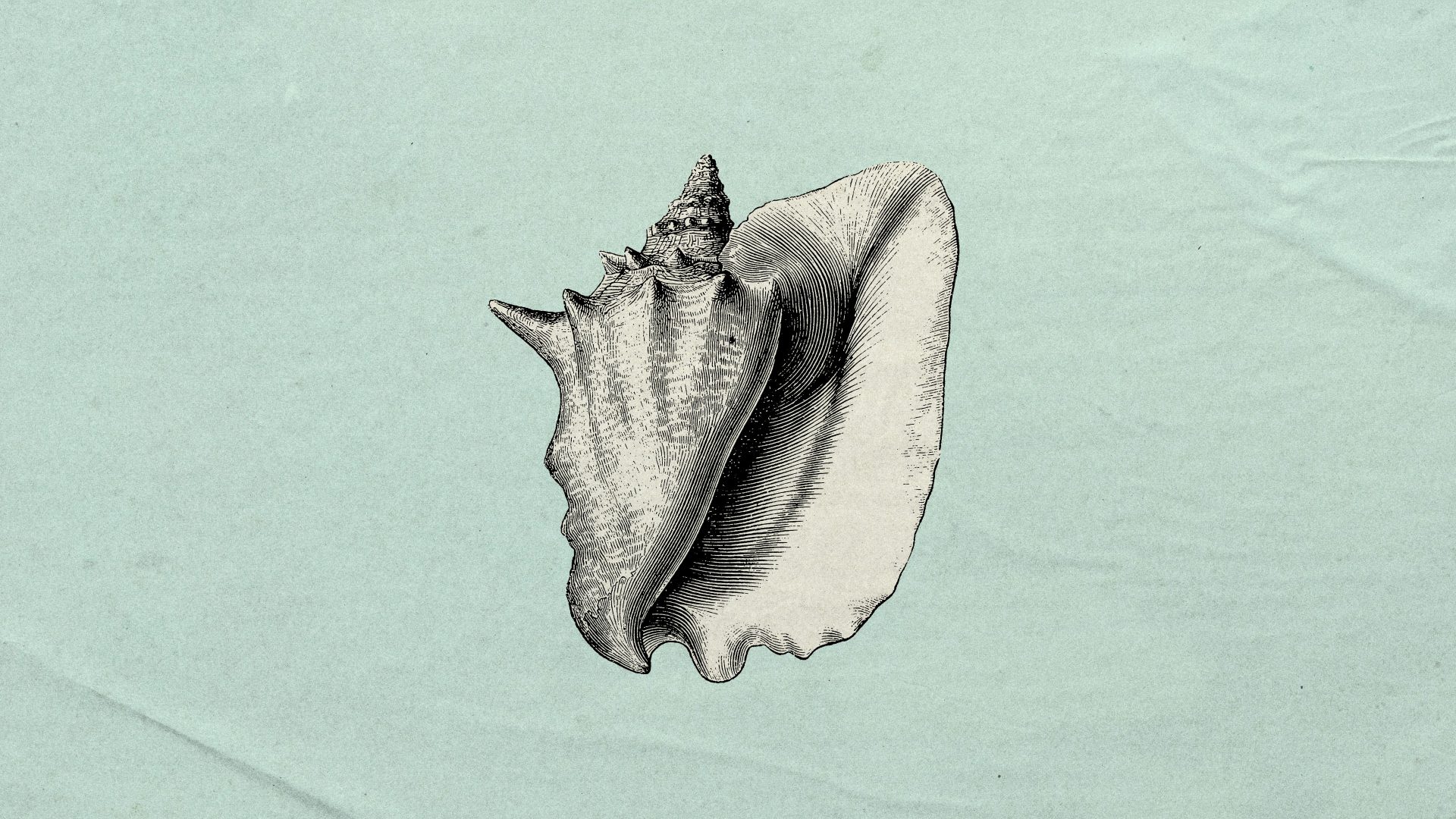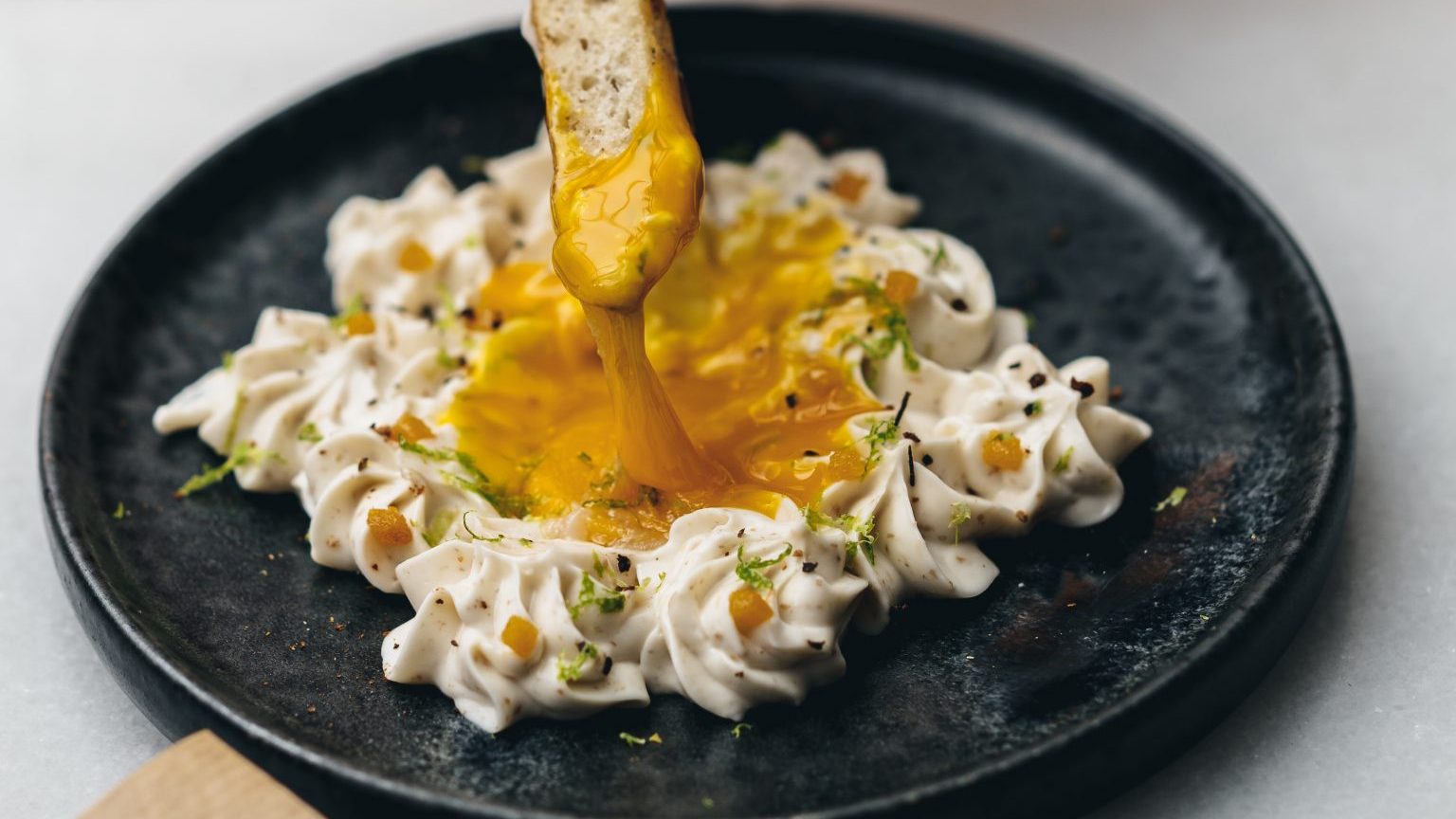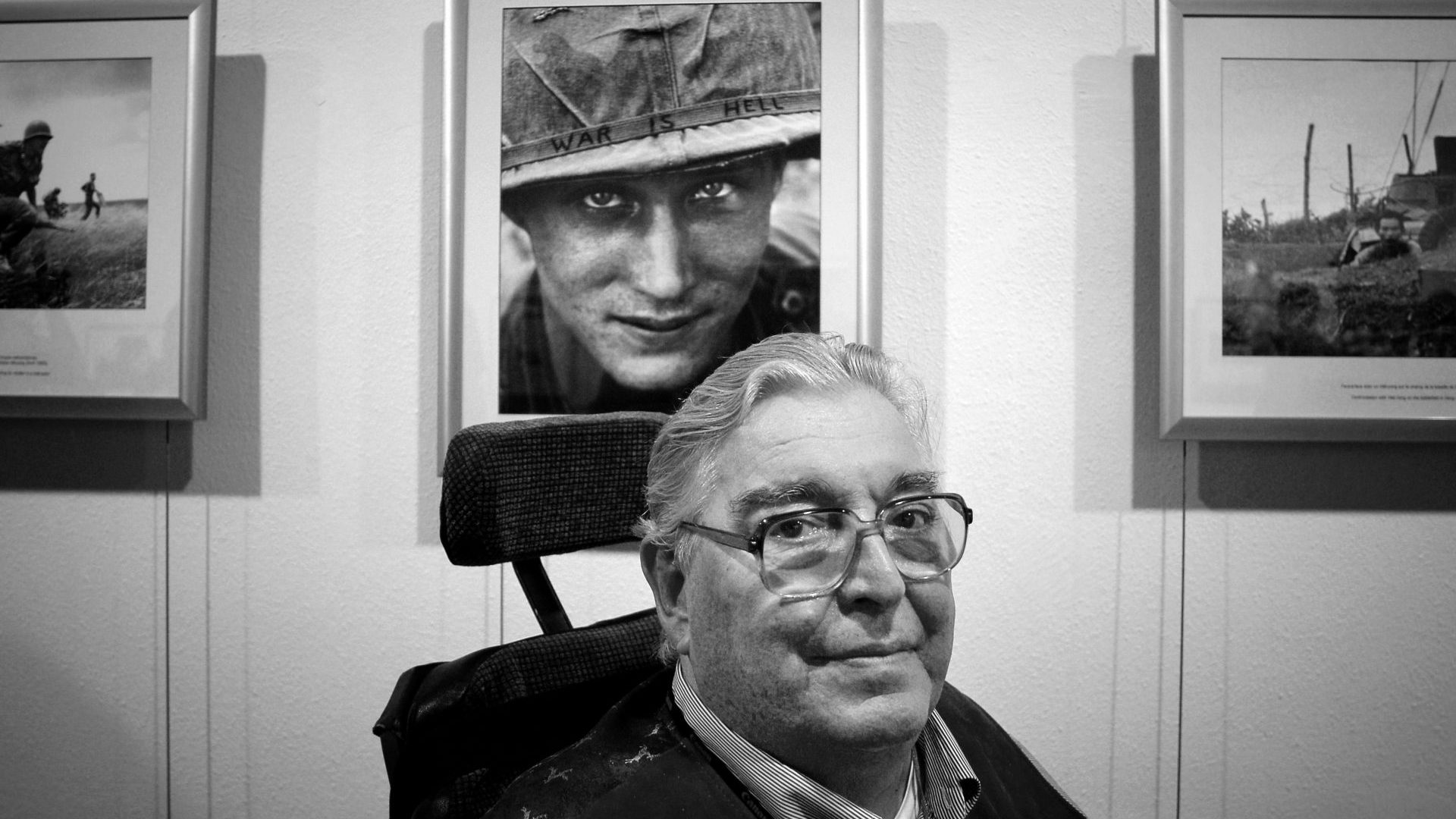It is not particularly well known that the West Indies harbours a number of long-standing communities of white mother-tongue English speakers. The
interesting linguistic point about these communities is not that they are “white” but that they are the direct cultural and linguistic descendants of
immigrants from the British Isles and, as such, are speakers of an English which, while clearly Caribbean in character, shows some significant
differences from the speech of black West Indians, which was often influenced by having been learnt originally by speakers of West African
languages.
The distinctiveness between the linguistic varieties has been, to a degree, maintained through residential and social segregation, which has continued in some places for hundreds of years, with rather little contact between those with and without considerable African ancestry.
Of the islands which have significant white populations today, Barbados saw
direct immigration of white workers beginning in 1627. Large numbers of
these migrants were unemployed or otherwise impoverished people from
England, many of them coming from or via London, Bristol and Southampton. They tended to take positions as servants in the newly established colonies.
But many of the English who arrived later in the 1650s were prisoners from
the English civil war or transported criminals. Irish immigration was also
significant, particularly in the wake of Cromwell’s invasion of Ireland in the
1650s, when many of the arrivals were in fact also political prisoners or
prisoners of war.
The island of Saba was taken by the Dutch in 1632 but was settled, over a
considerable period of time lasting until the 1830s, by white anglophones coming from other islands, often as escapees from indentured labour. The isolated white community in Saba today forms about half the population of the island.
Until the 1995 eruption of the Soufrière Hills volcano, Montserrat also had a small white population who had come originally from St Kitts: there was one community of Irish-origin Catholics, and another of Scottish- and English-origin Protestants. Anguilla has a community of whites who arrived from other islands in the late 1600s, later reinforced by further inter-island immigrants who arrived around 1800.
Some of the white West Indian communities descend from people who were relocated from elsewhere in the Caribbean in the 1860s through British government policy, responding to the perceived disgrace of poverty among unemployed whites in a number of the original communities. One such group arrived in St Vincent from Barbados, another in Bequia in the Grenadines, and a third in Grenada.
The Bahamas today has white communities who trace their ancestry directly back to England, Scotland and Ireland. But after the American War of Independence, something like 50,000 anti-independence loyalists fled from the USA to Ontario and the Maritime provinces of Canada, but a number of them also escaped to the Bahamas, and many of those from the American South brought their slaves with them. This had the effect of doubling the white population of the Bahamas and trebling the number of black inhabitants. Again, there are often significant linguistic differences between the Englishes of the two populations.
Bahamians of European descent are sometimes called Conchs (pronounced
“Konks”) from the name of the shell of an edible marine snail, a term that is
also applied to people of white Bahamian descent now living in the Florida Keys.
KEY
Key, as in the Florida Keys, means “low-lying island, barrier reef”. The English term (also cay) comes from Spanish cayo “shoal”, but its origin is not certain, unless it is the same as French quai “quay”, which was originally perhaps a Celtic Gaulish word. Alternatively, cay might be derived from an indigenous Caribbean language.




